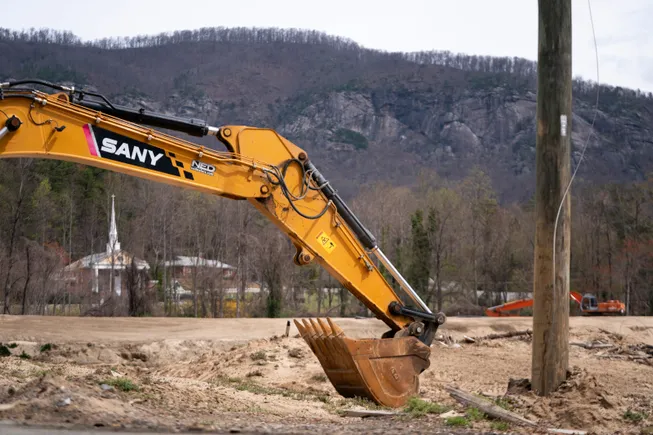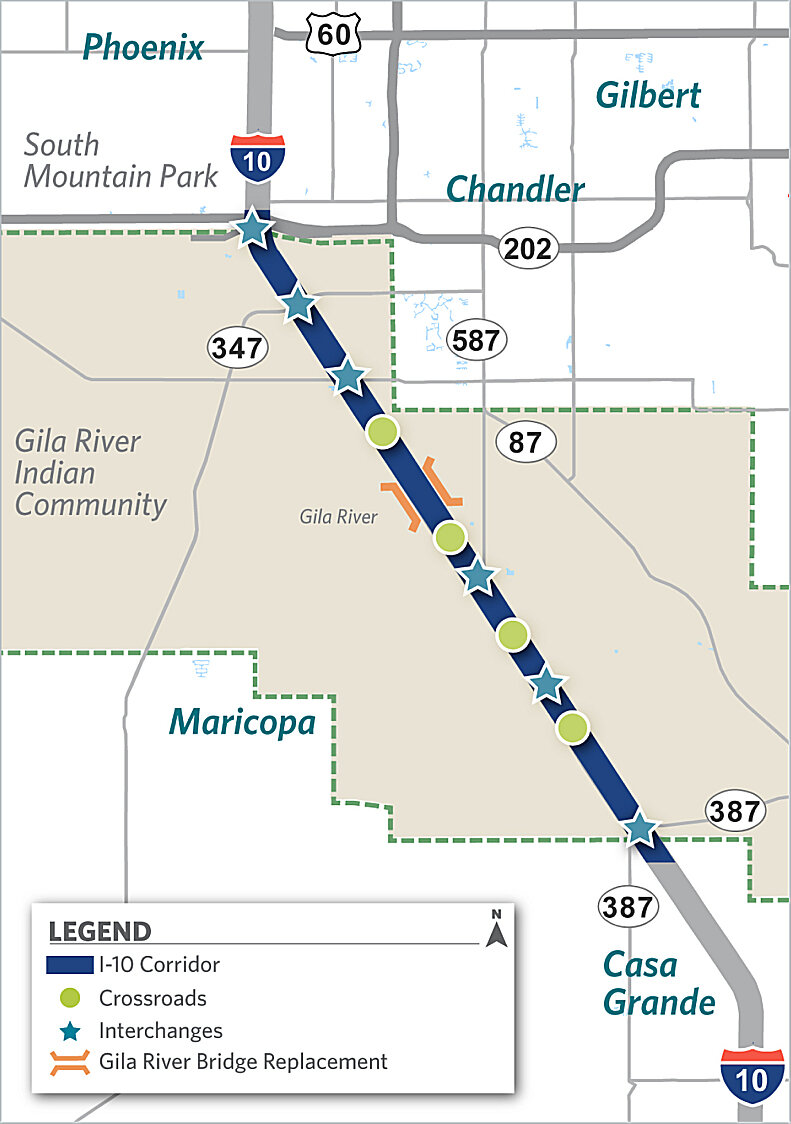“A good leader inspires people to have confidence in the leader; a great leader inspires people to have confidence in themselves.”
– Eleanor Roosevelt
THE ART OF LEADERSHIP
Inspire Confidence, Ignite Potential
Eleanor Roosevelt’s Vision for Leadership that Empowers Others to Find Strength Within and Achieve Lasting Success
As I've learned, leadership isn't merely about gaining trust in one's own abilities—it’s about fostering an environment where others learn to trust themselves. A leader’s true legacy isn't defined by how much respect they command or how many followers they attract but by their ability to inspire individuals to recognize and embrace their inner potential. When leaders prioritize empowering others rather than dominating conversations or taking credit, they nurture resilience, creativity, and genuine self-belief within their teams.
Yet cultivating self-confidence in others demands patience, intentionality, and sincere empathy. Great leaders understand that genuine confidence arises from authentic encouragement, supportive feedback, and the freedom to take meaningful risks. They celebrate initiative and courage, even if mistakes are made along the way, knowing that confidence grows most profoundly from overcoming challenges. By providing thoughtful guidance and unwavering support, these leaders create environments where individuals naturally become braver, more resourceful, and capable of extraordinary accomplishments.
Today's rapidly changing world underscores why inspiring self-confidence in others is more crucial than ever. Leaders who instill true belief within their teams create dynamic, resilient organizations that thrive amid uncertainty. Eleanor Roosevelt reminds us that the highest form of leadership empowers others to trust their instincts, value their insights, and take courageous action independently. Ultimately, leadership’s greatest achievement isn't personal acclaim. It’s the enduring confidence and success we inspire in those around us.
Empower others by nurturing their self-confidence, celebrate their courage and initiative, and guide them to trust their abilities and act with conviction.
COMMERCIAL CONSTRUCTION
Tariffs and Rising Costs Challenge U.S. Commercial Construction Projects
The U.S. commercial construction sector is grappling with escalating material costs, primarily due to recent tariffs on imported goods such as steel and aluminum. These tariffs have led to significant price increases for essential building materials, causing developers to face higher project expenses and potential delays. For instance, Matrix Development reported an 8-10% rise in steel costs for a warehouse project in Newark, New Jersey, resulting in an additional $2 million in expenses.
In response to these financial pressures, some developers are postponing or reconsidering projects, anticipating potential reversals of tariff policies. The uncertainty surrounding these tariffs has introduced volatility into the construction market, making it challenging for companies to plan and budget effectively. This environment has prompted a more cautious approach to new developments as firms seek to mitigate financial risks associated with unpredictable material costs.
Moreover, the increased costs are not limited to new constructions but also affect renovations and interior projects. The price hikes in materials such as lighting systems and ceiling tiles have led to budget overruns and project delays. Industry stakeholders are calling for clearer policy directions to stabilize the market and enable more predictable project planning and execution.
INFRASTRUCTURE INDUSTRY
Federal Funds Boost Arizona's I-10 Expansion, Promising Safer Roads and Economic Growth for Thousands
Arizona's ambitious Interstate 10 widening project recently secured $500 million in federal infrastructure funding, significantly accelerating construction plans for one of the Southwest's most vital highways. This critical infusion is aimed at addressing growing safety concerns, reducing severe traffic congestion, and accommodating surging population growth across the Phoenix and Tucson metropolitan areas. Local officials hailed this development as essential, highlighting projections that an expanded I-10 corridor will enhance daily commutes and dramatically reduce accident rates for Arizona motorists.
This major transportation project will widen approximately 26 miles of I-10 from two lanes to three in each direction, greatly increasing capacity along a historically congested route. Construction plans also include modernizing highway infrastructure, installing advanced traffic management technology, and significantly upgrading interchanges and bridges along the corridor. These enhancements are expected to substantially reduce travel times, supporting the state's growing logistics, manufacturing, and commerce sectors by ensuring a smoother, more efficient transportation network for commercial freight and daily commuters.
Community leaders emphasize the project's broader economic and safety impacts, pointing out that safer and faster travel on the expanded Interstate 10 corridor will not only improve daily life for thousands but also stimulate job growth and economic opportunities throughout the region. As construction begins later this year, local businesses and residents are optimistic, viewing the federal investment as a pivotal opportunity to enhance Arizona's long-term infrastructure stability and support sustained economic prosperity.
RESIDENTIAL RESEARCH
New Tariffs Threaten to Increase U.S. Homebuilding Costs Amid Housing Affordability Concerns
The U.S. residential construction industry is facing potential cost increases due to newly imposed tariffs by the Trump administration. These tariffs, which raise the effective tax rate on all imports to 26% from the previous 2.3%, are expected to add approximately $9,200 to the cost of building a new home, according to the National Association of Home Builders (NAHB). While Canadian lumber remains exempt from these new tariffs, it continues to be subject to a 14.5% duty from prior regulations.
The tariffs' impact extends beyond lumber, affecting a broad range of construction materials and home appliances imported from various countries. This escalation in material costs could exacerbate existing affordability challenges in the housing market, particularly in states with a higher proportion of new constructions, such as Idaho, North Carolina, Delaware, Utah, and Nebraska. Builders, already operating with tight profit margins, may face further financial strain, potentially leading to reduced homebuilding activity.
In response to these developments, industry stakeholders are closely monitoring the situation and advocating for policy measures to mitigate the tariffs' impact on construction costs and housing affordability. The NAHB has expressed concerns about the potential for these tariffs to drive up housing costs and is urging the administration to reconsider policies that could hinder the housing market's recovery.
TOOLBOX TALK
The Importance of Preventing Eye Strain and Fatigue on Construction Sites
Introduction
Good morning, Team! Today's toolbox talk focuses on preventing eye strain and fatigue. Construction often requires detailed visual tasks and working in bright or low-light conditions, which can strain your eyes over time.
Why It Matters
Eye fatigue can cause headaches, blurred vision, and decreased focus—potentially leading to mistakes and accidents. Keeping our eyes healthy helps maintain job safety and efficiency.
Strategies for Preventing Eye Strain
Use Proper Lighting:
Ensure adequate, glare-free lighting in work areas. Adjust shades or barriers as needed.
Take Regular Breaks:
Every 20 minutes, look away from your task and focus on something distant to relax your eyes.
Wear Appropriate Eye Protection:
Use tinted safety glasses in bright conditions and clear glasses in low-light situations.
Stay Hydrated:
Drinking enough water helps prevent dry eyes and fatigue.
Report Issues Promptly:
Inform supervisors if lighting conditions affect your work or comfort.
Discussion Questions
Have you experienced eye strain or fatigue at work? How did you manage it?
What other steps can we take to protect our vision on-site?
Conclusion
Healthy eyes mean safer work. By managing lighting, taking breaks, wearing the right protection, and staying hydrated, we can prevent eye fatigue and stay safe.
Protect your eyes and stay focused!






:max_bytes(150000):strip_icc()/GettyImages-2205611061-3910752cc2b74308b3265b7ed155616c.jpg)

